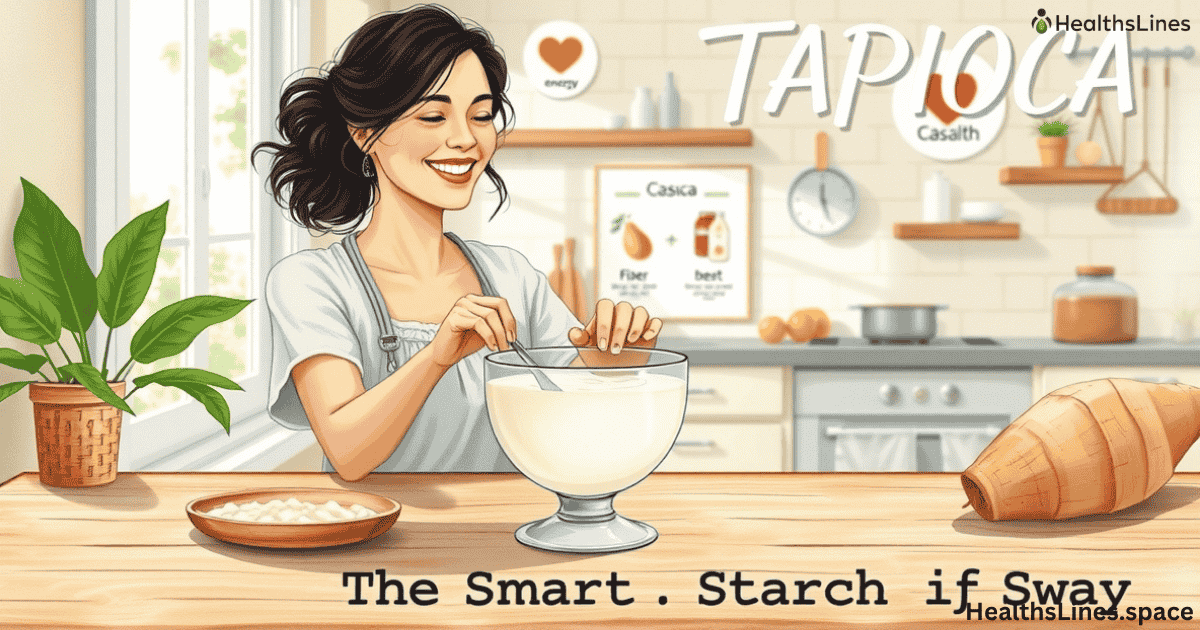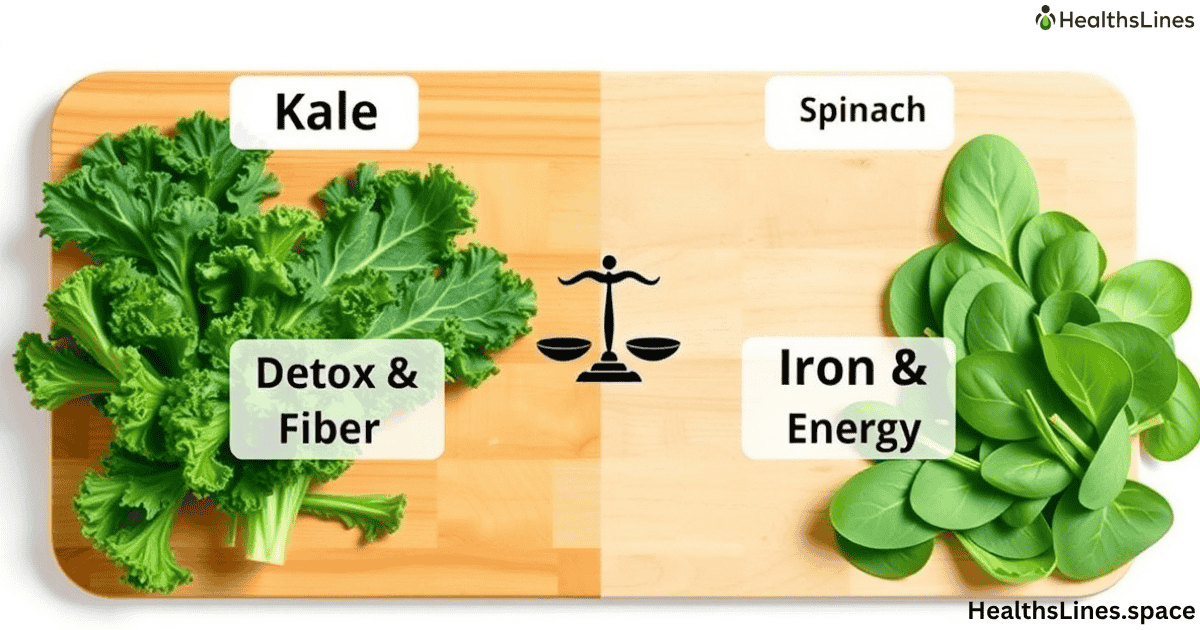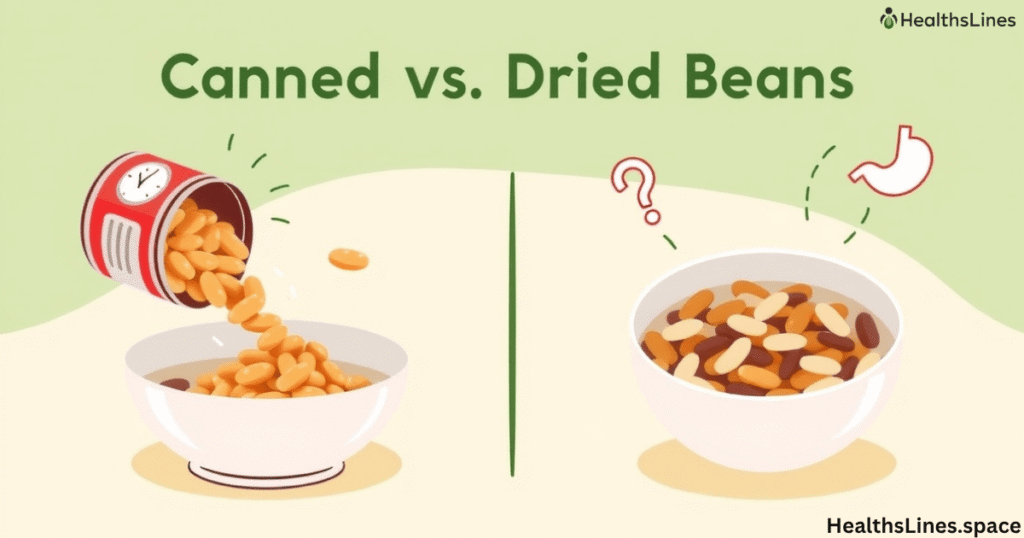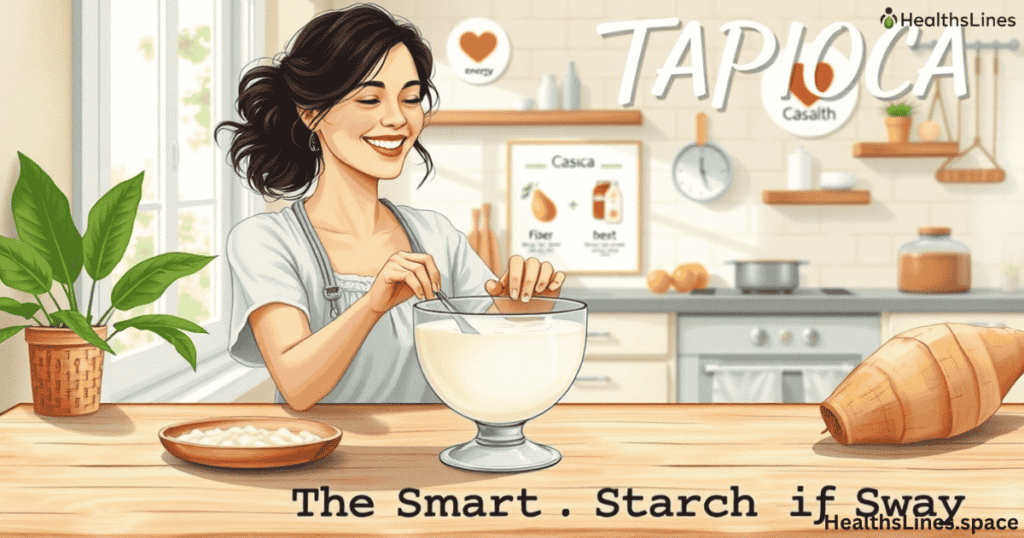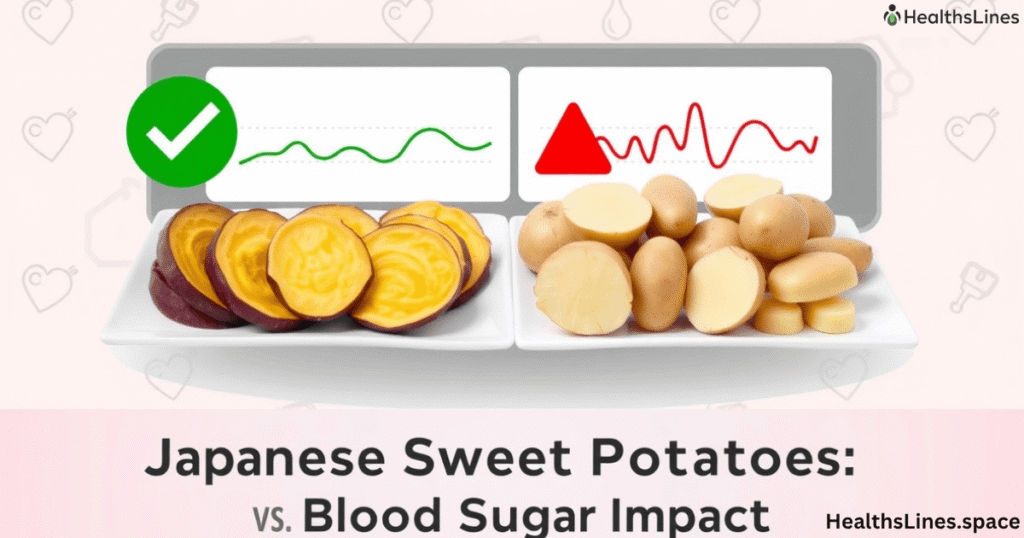If you’ve ever enjoyed tapioca pudding or bubble tea, you’ve tasted one of the most versatile foods on earth. Tapioca is more than just a dessert ingredient. It’s a gluten-free starch alternative that fits easily into healthy diets tapioca vs other starches. People everywhere are choosing tapioca as a starch replacement because it’s gentle on digestion, free of major allergens, and provides lasting energy. But what exactly makes it so special? Let’s dive deep into the health benefits of tapioca, explore how it compares to other starches, and see if it deserves a place in your kitchen.
Introduction
More people today are moving toward clean eating, gluten-free diets, and low-allergen foods. That’s where tapioca comes in. Made from the root of the cassava plant, tapioca is a plant-based carbohydrate source used for centuries in South America, Africa, and Asia. In recent years, it’s become popular in Western diets as a healthy starch replacement that supports digestion, energy, and sustainability.
Unlike wheat, barley, or corn, tapioca is naturally grain-free, gluten-free, and free of common allergens. This makes it one of the best non-grain starch alternatives for people with celiac disease, food sensitivities, or those following Paleo or vegan lifestyles. But that’s just the start of its story.
1. Naturally Gluten-Free and Allergen-Friendly
One of the biggest tapioca benefits is that it’s naturally gluten-free. It’s extracted from cassava root, not from grains like wheat or barley. This makes it ideal for anyone with gluten intolerance or celiac disease. Because tapioca is a low-allergen starch, it’s often used as a gluten-free substitute for flour mixes. It gives baked goods a soft, chewy texture without triggering allergies or inflammation.
Tapioca also lacks the proteins that cause problems for some people, such as casein in dairy or soy proteins. It’s a safe option for sensitive diets, and it helps diversify meals when avoiding grains. Many gluten-free foods use tapioca flour to improve consistency while keeping recipes allergen-free.
| Property | Tapioca | Wheat Flour | Cornstarch |
| Gluten Content | 0% (gluten-free) | Contains gluten | Gluten-free |
| Source | Cassava root | Wheat grain | Corn kernel |
| Allergen Risk | Very low | High | Moderate |
| Diet Compatibility | Paleo, Vegan, GF | Not gluten-free | GF but not Paleo |
2. Gentle on Digestion and Easy to Absorb
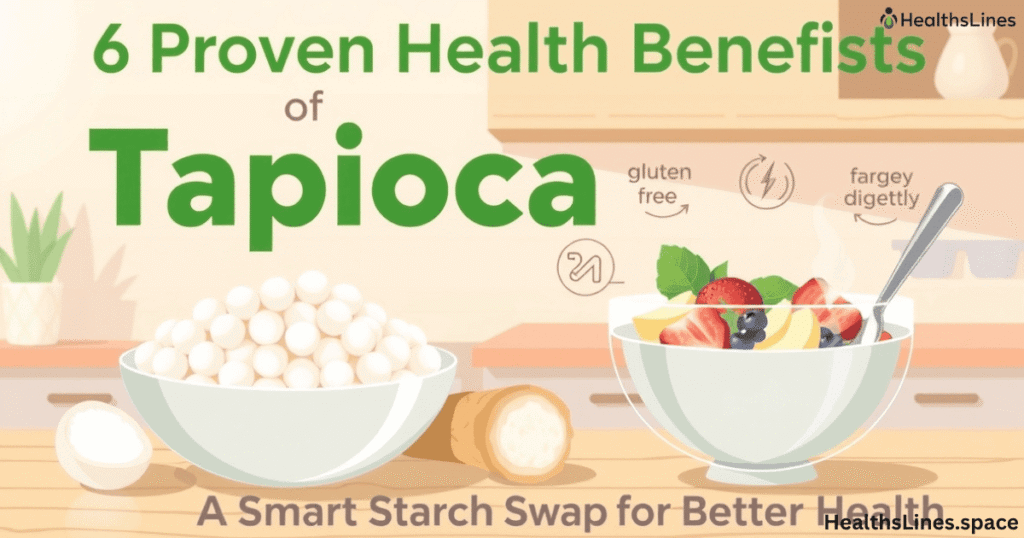
When it comes to tapioca for digestion, this starch shines. Tapioca is made of simple carbohydrates that the body breaks down easily. It’s often used in hospital recovery diets because it’s so gentle on the stomach. People with IBS or sensitive guts tolerate tapioca well because it doesn’t irritate the intestines like wheat or corn might.
Tapioca also contains resistant starch, a type of carbohydrate that acts like fiber. This resistant starch for gut health feeds the good bacteria in your intestines, supporting a healthy microbiome. A balanced gut can help improve immunity, nutrient absorption, and overall digestive comfort. For those struggling with bloating or inflammation, tapioca provides a smoother option that’s both nourishing and calming.
3. Supports Healthy Cholesterol and Heart Function
Among the most surprising tapioca starch health benefits is its potential to support heart function and help maintain healthy cholesterol levels. Unlike processed starches that come loaded with sodium and unhealthy fats, tapioca is naturally low in both. That makes it a smart addition to heart-friendly meal plans. Its clean carbohydrate structure and minimal fat content mean your body gets a steady energy source without adding extra cholesterol. Because tapioca is derived from the cassava root, it carries trace minerals like iron, calcium, and potassium that help support blood flow and maintain heart rhythm. These nutrients work quietly but effectively to keep your cardiovascular system balanced and strong.
What makes tapioca for health truly interesting is its resistant starch. This unique carbohydrate type doesn’t break down immediately in your digestive tract. Instead, it feeds beneficial gut bacteria that produce short-chain fatty acids, which in turn help reduce inflammation and lower LDL (bad) cholesterol. Studies referenced by the National Institutes of Health (NIH) have shown that adding resistant starch to your diet can improve lipid metabolism and overall heart function. When you replace refined grains or fried starches with tapioca, you’re giving your body a cleaner, more efficient fuel source. Over time, this shift supports both better cholesterol balance and stronger cardiovascular wellness.
4. Provides Sustained Energy and Quick Recovery Fuel
If you’ve ever wondered if tapioca is healthy for energy, the answer is yes—but with balance. Tapioca is a high-carb, low-fat food, making it an excellent energy-boosting starch. Athletes and active people often use tapioca-based meals for quick energy recovery after workouts. It replenishes glycogen stores faster than complex starches like oats or quinoa.
| Type of Starch | Carbs (per 100g) | Energy Release | Digestibility |
| Tapioca | 88g | Fast and sustained | Very easy |
| Rice | 80g | Moderate | Easy |
| Cornstarch | 91g | Fast but uneven | Moderate |
| Potato Starch | 83g | Slow | Moderate |
A case study from a 2023 sports nutrition journal showed that athletes using tapioca-based energy gels recovered muscle glycogen faster than those using maltodextrin. That’s why tapioca is now being tested as a natural sports fuel. It’s pure, clean, and gentle on the gut—a major advantage for endurance athletes.
5. Grain-Free and Ideal for Paleo or Low-Allergen Diets
One of the biggest tapioca benefits is that it’s naturally grain-free, making it a favorite among people following Paleo, Whole30, or low-allergen diets. Unlike wheat, barley, or oats, tapioca comes directly from the cassava root, a tuber plant rich in complex carbohydrates and free from gluten or grain proteins. This means it’s safe for those with grain sensitivities, celiac disease, or digestive issues caused by cereals. Because of its neutral taste and smooth texture, tapioca flour is widely used as a gluten-free substitute for flour in baking, sauces, and soups. It adds chewiness to bread, elasticity to pancakes, and thickness to gravies without triggering inflammation or gut discomfort. Its tapioca nutrition profile complements other flours like almond, coconut, or arrowroot, giving bakers more flexibility to create satisfying, allergen-free recipes.
For those who struggle with common starches, the cassava root benefits of tapioca are clear—it’s gentle, nourishing, and compatible with most elimination diets. When comparing tapioca vs cornstarch, tapioca often wins for being easier to digest and less likely to cause bloating. It’s also a great option for people seeking non-grain starch alternatives that still deliver the comfort and texture of traditional dishes. Simply put, tapioca brings balance back to the plate by offering a wholesome, low-allergen starch that supports both taste and health.
6. Vegan and Ethically Sustainable Choice
Tapioca is not only a plant-based carbohydrate source, but also an eco-friendly crop. Cassava grows in poor soil with minimal fertilizer and water, making it a sustainable food source for many developing regions. Unlike cereal crops, cassava resists drought and offers reliable yields, helping fight food insecurity in tropical countries.
From an ethical standpoint, tapioca aligns well with vegan diets. It’s fully plant-derived, requires no animal processing, and provides a natural texture enhancer for dairy-free recipes. Replacing processed starches with tapioca reduces reliance on industrial agriculture and supports sustainable, low-impact farming.
How to Use Tapioca in Everyday Cooking
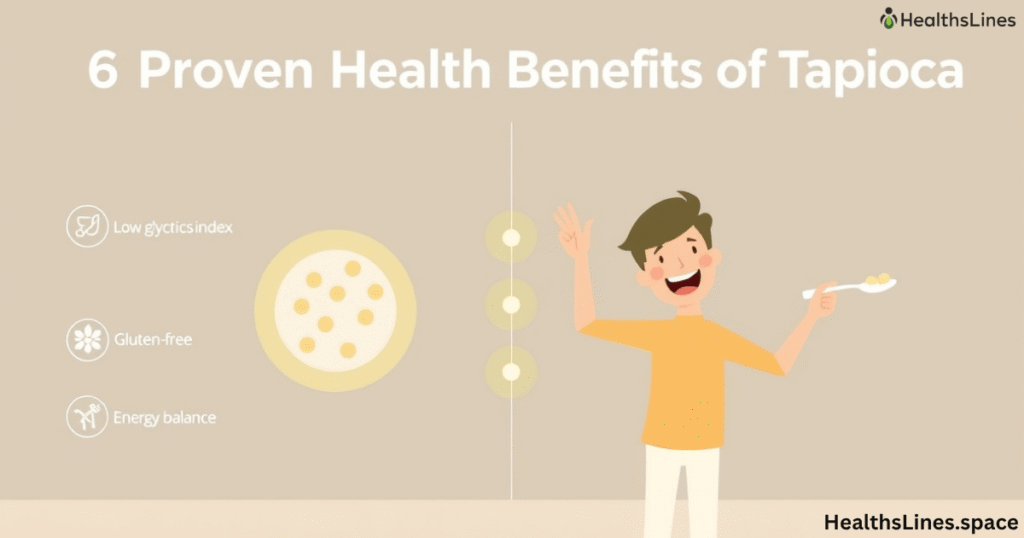
One reason for tapioca’s growing fame is how easy it is to use in the kitchen. It comes in different forms: tapioca flour, tapioca starch, and tapioca pearls. Each has a unique purpose. Tapioca flour thickens sauces, while the pearls make classic tapioca pudding or bubble tea. It’s even used in vegan cheese, pie fillings, and gluten-free breads.
If you’re baking, replace part of your regular flour with tapioca flour for a lighter texture. In soups or gravies, mix a teaspoon of tapioca starch with water to create a glossy finish. Because it’s flavorless, tapioca absorbs the taste of other ingredients beautifully, making it one of the most flexible gluten-free substitutes for flour available.
| Form of Tapioca | Common Use | Cooking Time |
| Tapioca Flour | Baking, sauces | Instant |
| Tapioca Pearls | Puddings, drinks | 10–30 minutes |
| Tapioca Starch | Thickening soups | Instant |
| Cassava Flour | Bread, tortillas | 10–20 minutes |
Health Considerations and Safe Consumption Tips
Although tapioca for health has many benefits, it’s important to use it correctly. Raw cassava contains cyanogenic compounds, which can be toxic if not removed. The good news is that commercial tapioca is fully processed and safe to eat. Always buy certified, food-grade tapioca products.
Because tapioca is a pure carbohydrate, it lacks protein and fat. It’s best used as part of a balanced diet that includes vegetables, lean proteins, and healthy fats. For people looking for tapioca for weight gain, pairing it with milk, nuts, or protein powder can help add healthy calories. However, those managing blood sugar should monitor portions since tapioca calories and carbs are high compared to fibrous foods.
To maintain digestive balance, combine tapioca for gut health with fiber-rich foods like chia seeds or psyllium husk. This helps slow digestion and keeps energy levels steady throughout the day.
Final Thoughts
Tapioca is more than a trendy ingredient—it’s a versatile, sustainable, and healthy starch replacement. Whether you’re looking for tapioca root benefits, tapioca for digestion, or a gluten-free starch alternative, this humble root has you covered. Its gentle nature, energy-boosting carbs, and clean allergen profile make it perfect for modern diets.
So, is tapioca healthy? Absolutely, when used wisely. It’s a pure, plant-based carbohydrate source that supports the gut, boosts energy, and fits seamlessly into gluten-free, vegan, and grain-free lifestyles. Add it to your recipes, and you’ll discover why so many people are turning to tapioca for health—a natural starch that’s both simple and powerful.
